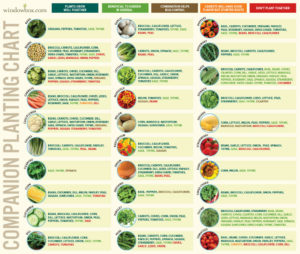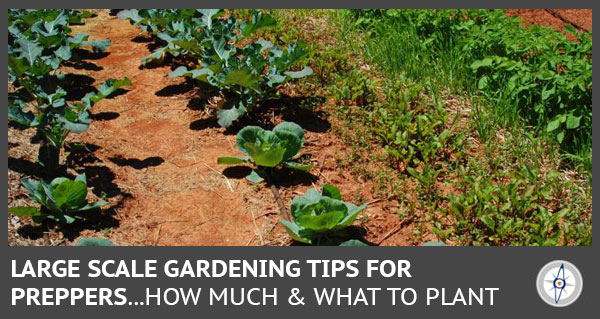
Preppers and those who are preparing to survive in a world that has been slammed by some major catastrophe know they need to grow their own food. A survival garden is a must in order to put food on the table. Gardening takes on a whole new meaning when the food you grow is all you have. When you don’t have a backup plan, like the grocery store or the farmer’s market, you are dependent on what the ground gives you.
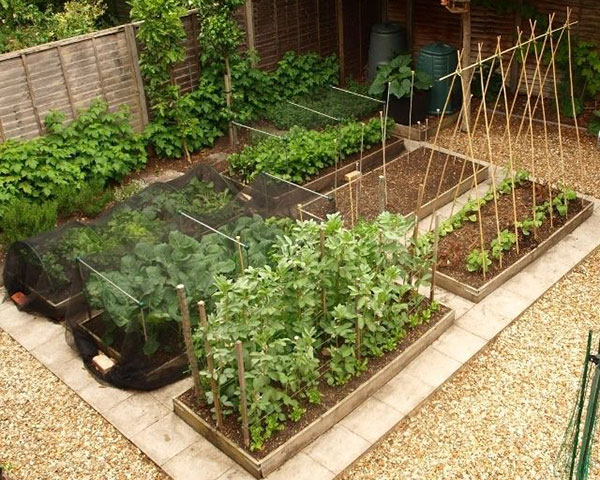
A small backyard garden isn’t going to cut it
What some people tend to overlook is the size of their garden is truly important. You can’t get away with just a small plot in the backyard. You need to go big.
Your garden isn’t just going to feed you at the height of the growing season. It needs to produce enough so that you can preserve the extra to carry you through the off season.
Your garden needs to be more like a farm in scope.
You don’t need a lawn…you need garden space.
Large scale gardening is going to look a little different than that cute little hobby garden you have been growing for years. It is going to require more work and more planning in order to get the food you need to survive.
Fortunately, there are some things you can do to maximize space and cut down on some of the work it takes to have a large garden.
Planning Per Person
Planning enough food for each person is going to greatly depend on what your family eats the most. Some people simply have an aversion to certain vegetables. Don’t waste space or energy planting things that aren’t going to be enjoyed.
There are plenty of resources you can use to guesstimate how much each member of your family will need to survive, assuming your garden is the main food source.
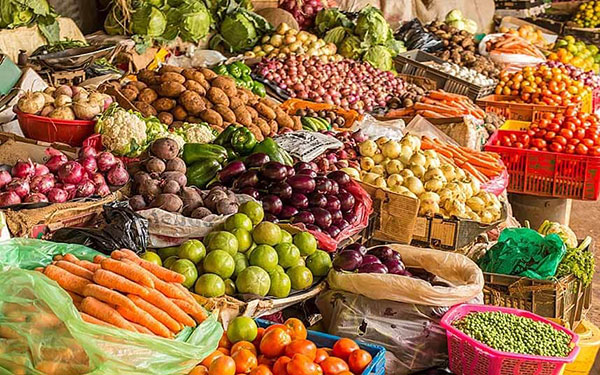
You’ll need a lot more veggies than you think
Here is a very rough breakdown of the amount of plants you would need to keep your family alive for a year. This is based on per person per year. This is also factoring in the extra you would need to preserve.
– 40 corn plants (assuming you get at least 2 ears of corn per plant)
– 20 pole beans
– 20 to 40 carrots
– 5 cucumber
– 50 pea plants
– 30 potato plants
– 5 tomato plants
– 1 pumpkin plant
– 3 squash plants
– 50 onion plants
– 10 lettuce
– 1 5-foot row of kale
– 10 broccoli plants
What Plants to Grow
When you are thinking about survival, you want to really focus your energy and garden space on plants that are going to give you the most nutritional value and plants that are prolific.
Corn is a huge asset to the garden, but it is a space hog and with just 2 ears on average per stalk, it is a hard one to justify. You can make it worth your while with companion planting, which will be covered next.
You want foods that can be easily preserved, are high in nutritional value and that can be prepared in a variety of ways to help keep things interesting. For this reason, potatoes should be high on your list.
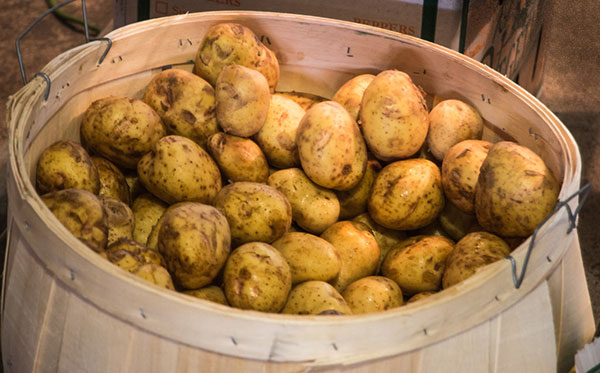
You can make dozens of different types of potato dishes
While they aren’t exactly all that nutritious, they are prolific and they can be used to prepare many different meals. You can store potatoes straight out of the ground in a root cellar for months.
Only grow plants your family will eat. Don’t grow brussels sprouts or broccoli if your family thinks they are repulsive. Save the garden space for things they will eat.
The following list are some of the must-haves. Tweak the list to suit your family’s personal tastes or to account for any allergies.
- Potatoes (go with a variety)
- Corn
- Squash
- Beans i.e. pinto, lima, kidney
- Wheat (northern, wet climates can grow buckwheat)
- Kale
- Quinoa (grows best in mild climates that don’t get above 90 degrees)
Plants with short growing cycles, like lettuce, can be planted several times throughout the growing season. Recession planting is important and will go a long way to keeping weeds at bay.
As soon as you harvest a row, add some compost and replant right away.
Companion Plant Gardening
This is a must for gardeners who want to maximize their space, even if it is a lot of space. The more food you can grow, the better off you will be. This pads your supply in case your crops suffer from disease or pest infestation. You want to do everything you can to guarantee you have a steady supply of food.
Companion planting is the practice of putting certain plants together that can share a space and benefit one another.
In some cases, the plants protect one another from pests, harsh sun or even strong winds. There are an endless number of combinations you can employ. Keeping that in mind, there are some plants, like garlic, that are not so friendly and should be given their own space.
Make sure you do some research and learn more about plants that benefit each other and plants that can crowd out others.
Some of the most common companion planting practices are listed below.
– The three sisters method involves corn, squash and peas or pole beans. The peas will wind around the corn stalks. The corn provides the shade the peas need. The squash will spread out across the ground, helping keeping the weeds down.
– Plant lettuce, spinach or cilantro in the area you will be putting in cucumbers or squash. The first plants will mature quickly and be harvested by the time the squash starts to spread out. You can do this with plants that won’t be put out until after the first frost as well.
– Put in carrots in early spring. They will grow and flourish and be close to harvest when something like a tomato or pepper plant really starts to flourish in the middle of summer.
– Plant shallow rooted lettuce over carrots or nearby. Lettuce matures very quickly. You can cut the leaves and leave the roots so you don’t disturb the carrots growing below.
– Plant things like lettuce or spinach under your corn. The corn will provide the necessary shade for the leafy crops and the leafy crops will help keep down the weeds.
– Tall, leafy plants, like corn or tomatoes, should be planted at the south end to provide shade for the plants like broccoli or leafy crops that will not do well in direct sun.
Final Thoughts
The key to large scale gardening is to maximize space and minimize the work. More gardening space means more weeds, which can quickly take over your garden.
If you’re working by hand alone, these tips will help make your gardening chores much easier and more manageable.
=====
Become a Survival Dispatch Insider …
We bring together survival enthusiasts and preppers to share skills and knowledge, so you can enhance your preparedness for emergencies and ensure the safety of you and your community.
The Results You’ll Get …
Our community, courses, and memberships are pretty special. We focus on the ways it will make a huge difference in your life.
Here are a few of the things you’ll be able to do as a member of Survival Dispatch Insider …
1) Improve your emergency preparedness by learning survival skills and strategies from experienced preppers.
2) Build lasting connections with like-minded individuals that share your passion for safety and readiness.
3) Access a wealth of knowledge and resources to assist in protecting you and your community during unexpected situations.
Click HERE to get started.
=====

